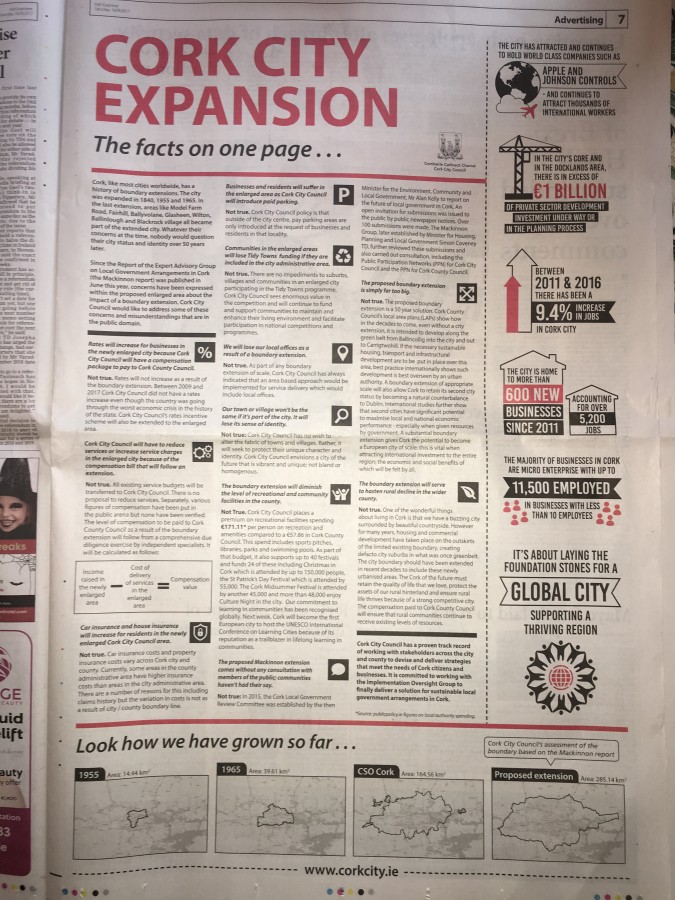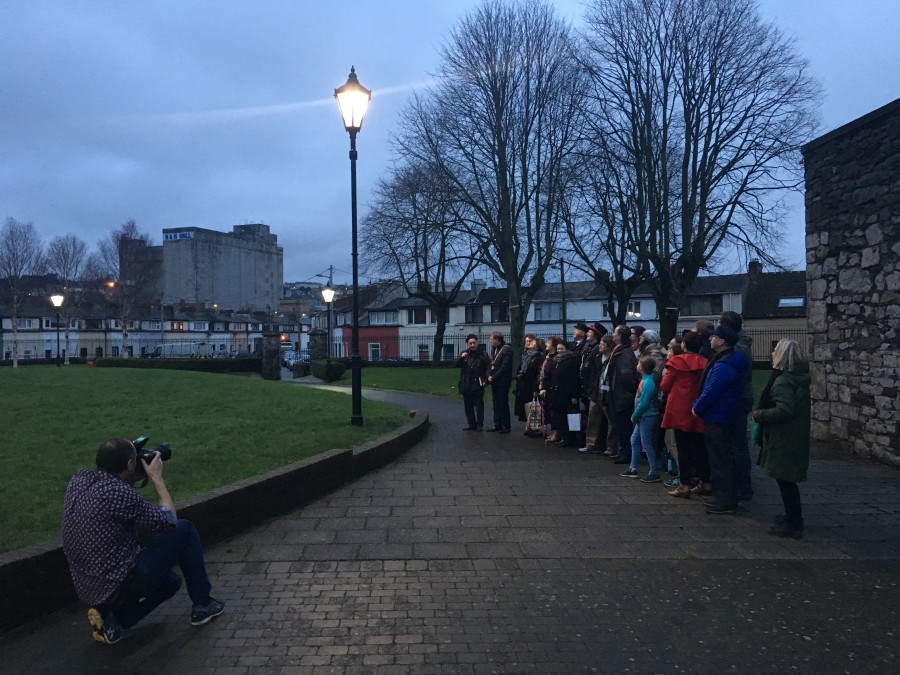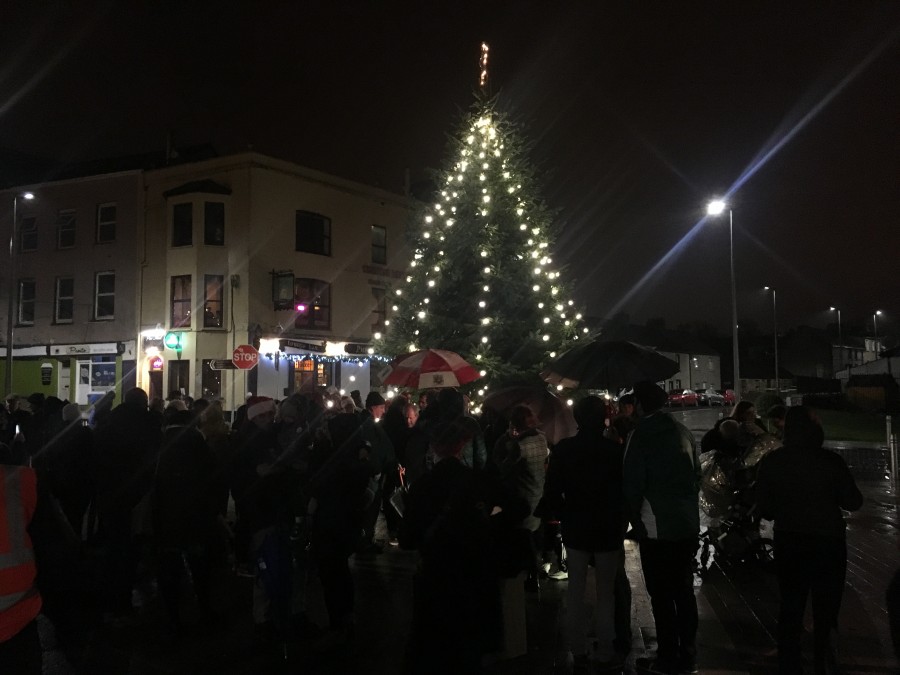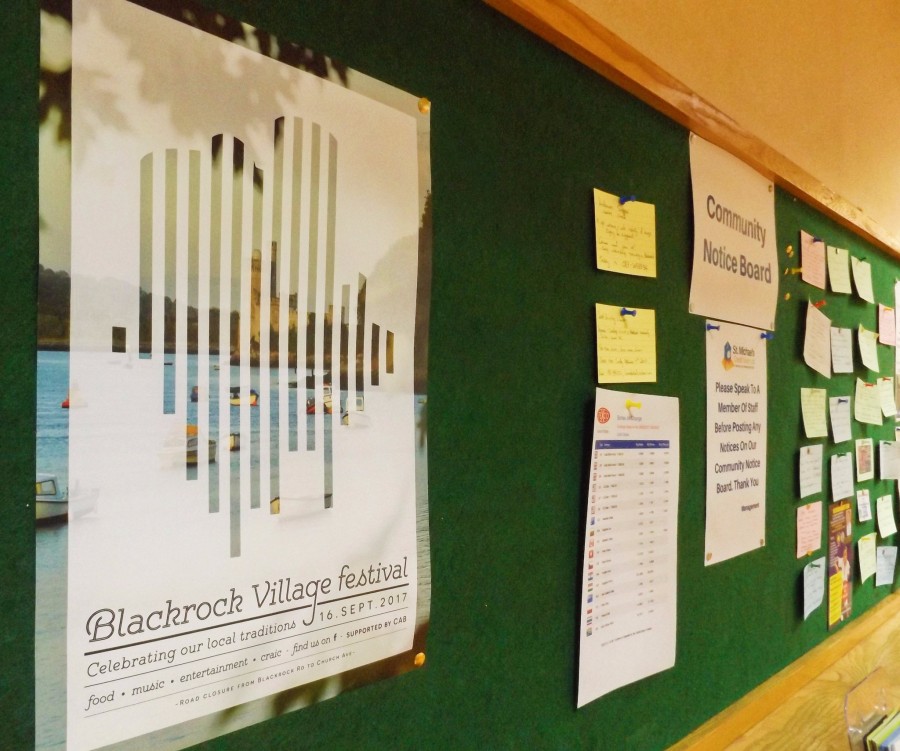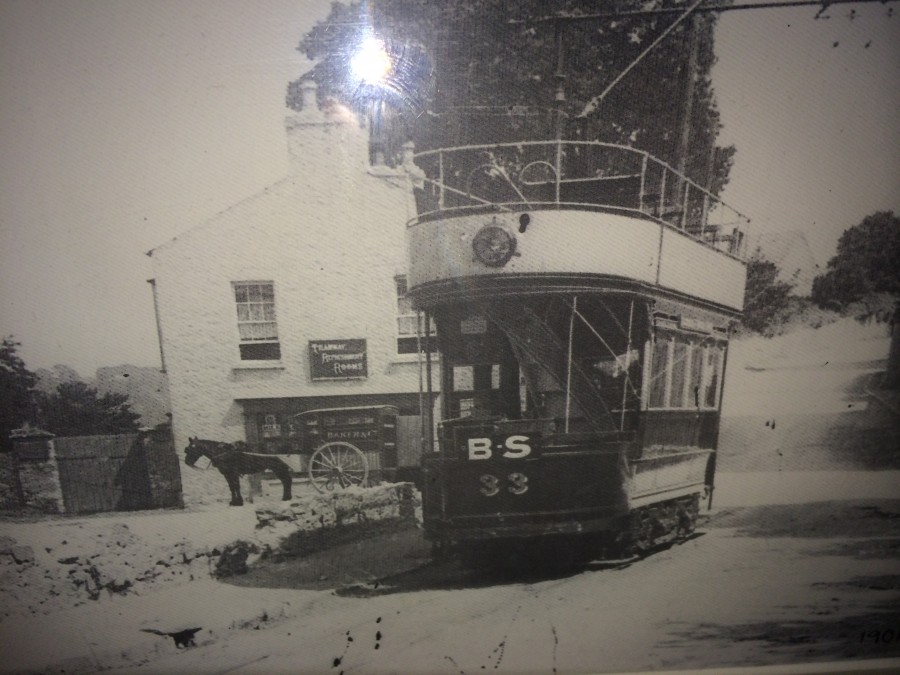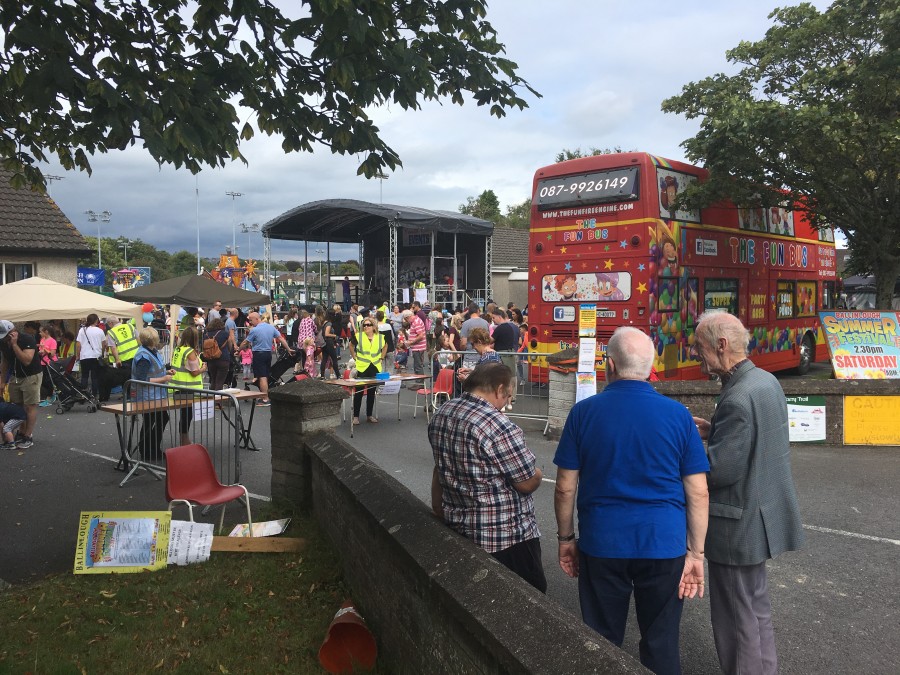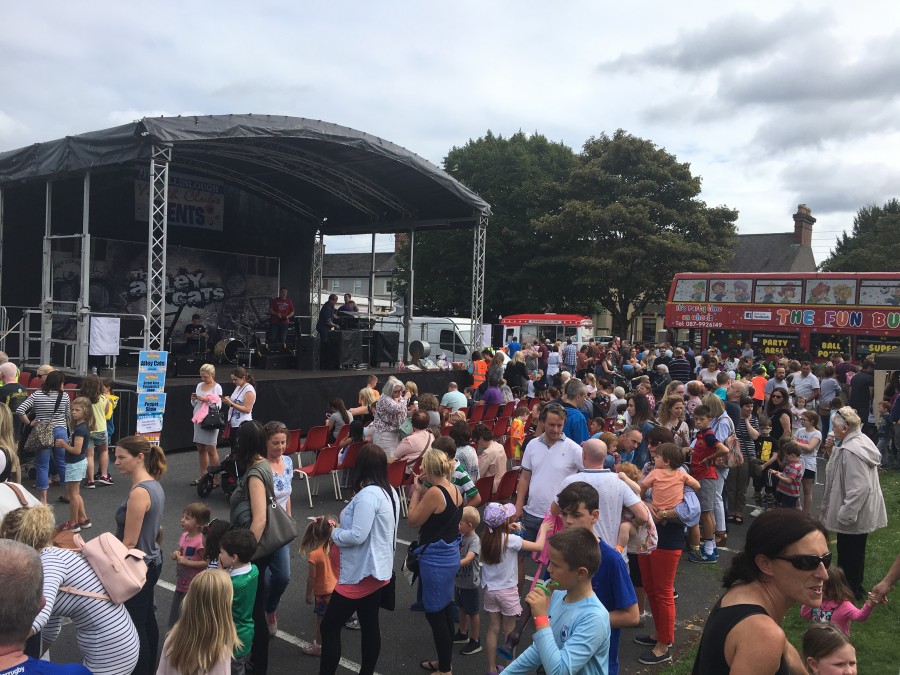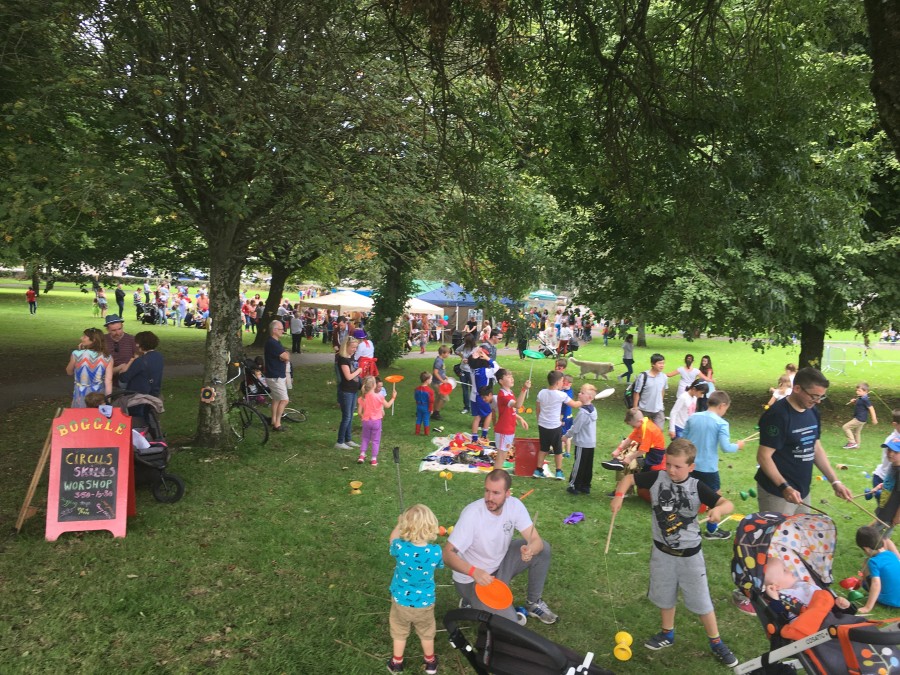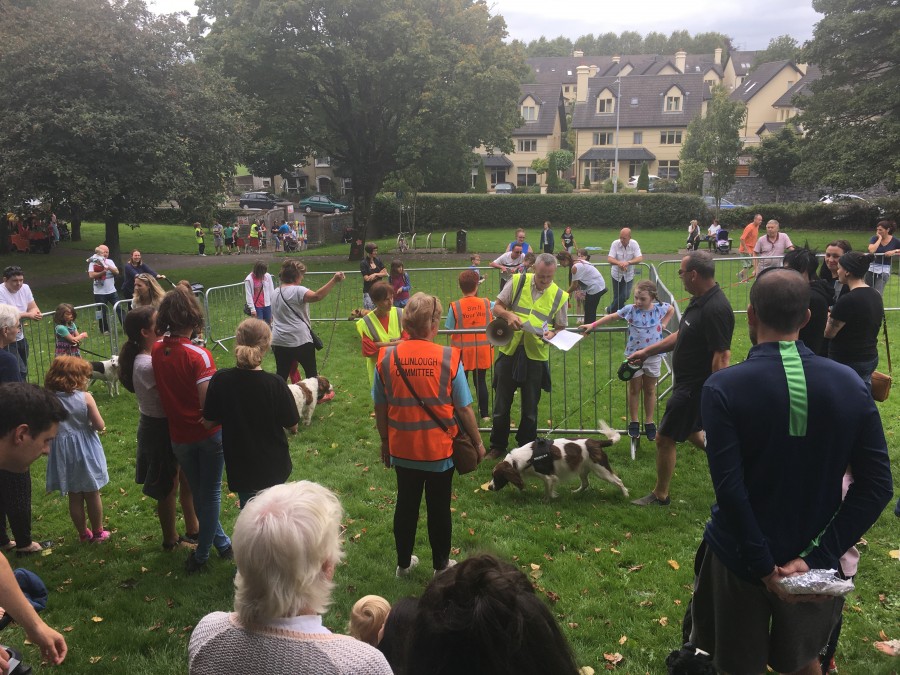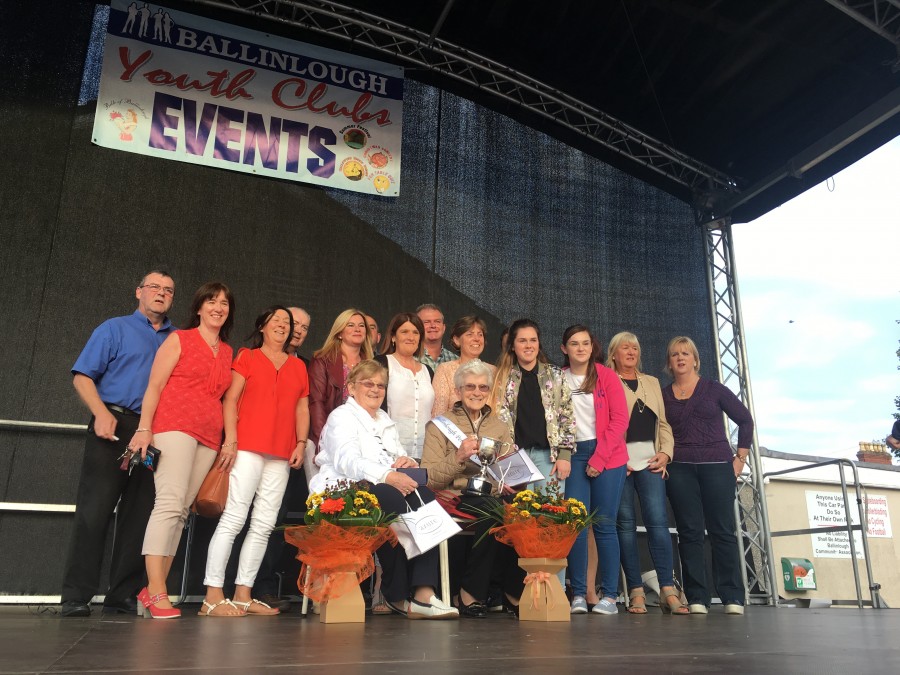Category Archives: Ward Events
Cork Lifelong Learning Festival 2018
The eagerly awaited 15th Cork Lifelong Learning Festival will take place from Monday 19 – Sunday 25 of March 2018. The annual festival has grown year on year since 2004 and lives by its motto of ‘Investigate, Participate, Celebrate’, with the public encouraged to do just that by trying out new experiences, participating in events and enjoying demonstrations of skills both new and old.
A week of hundreds of free events are aimed at all ages, from the very young to the young at heart, and all Lifelong Learning Festival events are open to all. The exciting programme includes performances, poetry, workshops, walks, displays and demonstrations, and really does have something for everyone. The only limit is your appetite to try something new. Some events can be in high demand so check the programme to see if you need to book.
Events, which aim to be accessible to all, take place right across Cork city, and into the county, in a variety of venues indoors and out, including shopping centres, libraries, museums, community and resource centres, parks, colleges, private businesses and on the streets.
Newly appointed Festival Organiser Siubhán Mc Carthy says: “Cork loves learning and to prove it we have a packed programme of free, accessible events open to all, regardless of your learning abilities or ambitions; I guarantee you’ll find something during festival week that you want to know more about. Learning is not just about gaining qualifications, it’s also about making life more fulfilling and enjoyable and I passionately believe in the power of knowledge to change lives for the better”.
This year’s festival includes four free seminars covering subjects as diverse as social inclusion to entrepreneurship and six ‘Learning Factory’ events across the week, in conjunction with CIT, which give an insider’s look at some of Cork’s most innovative businesses – including a guided tour of Inniscarra Dam. All events are hosted by volunteers be they individuals, community organisations, private businesses, schools or colleges.
The festival is a key part of the City’s strategy of making Cork a Learning City. Its success was recognised by UNESCO when Cork was one of the first 12 cities in the world to receive a Learning City Award in 2015 and Cork recently hosted UNESCO’s 3rd International Conference of Learning Cities in September 2017.
The free printed festival programme is out now and available in libraries, City Hall, the Tourist Office on Grand Parade, or from host venues
See the programme online at www.corklearningcity/lifelonglearningfestival
Evening Echo, Art Installation, Shalom Park, December 2017
Evening Echo by Maddie Leach, 19 December 2017:
Evening Echo is sited on old gasometer land gifted by Cork Gas Company to Cork City Council in the late 1980s, and subsequently dedicated as Shalom Park in 1989. The park sits in the centre of an old Cork neighbourhood known locally as ‘Jewtown.’ This neighbourhood is also home to the National Sculpture Factory. Not a specific commission, nor working to a curatorial brief, Evening Echo is a project generated as an artist’s response to the particularities of a place and has quietly gathered support from Cork Hebrew Congregation, Cork City Council, Bord Gáis and a local Cork newspaper, the Evening Echo.
References to the slow subsidence of the Jewish community in Cork have been present for years, but there is now a palpable sense of disappearance. Within the Cork Hebrew Congregation there are practical preparations underway for this, as yet unknown, future moment of cessation. Evening Echo moves through a series of thoughts and questions about what it might mean to be at this kind of cusp, both for the Jewish community and for other communities in Cork.
Evening Echo is manifested in a sequence of custom-built lamps, remote timing systems operated from Paris, a highly controlled sense of duration, a list of future dates, an annual announcement in Cork’s Evening Echo newspaper and a promissory agreement. Fleetingly activated on an annual cycle, and intended to exist in perpetuity, the project maintains a delicate position between optimism for its future existence and the possibility of its own discontinuance.
Maddie Leach’s work is largely project-based, site responsive and conceptually driven and addresses new thinking on art, sociality and place-based practices. She seeks viable ways of making artworks in order to interpret and respond to unique place-determined content and she is recognised for innovatively investigating ideas of audience spectatorship, expectation and participation in relation to art works. Leach’s projects include commissions for Iteration: Again (Tasmania, 2011), Close Encounters (Hyde Park Art Center, Chicago, 2010), One Day Sculpture (2008), the New Zealand publication Speculation for the Venice Biennale 2007 and Trans Versa (The South Project, Chile, 2006).
Blackrock Plaza, Christmas Tree Launch, December 2017
Ballinlough Christmas Concert, Sunday 3 December 2017
Always a great evening’s entertainment!

Douglas Pool Carpark Upgrade Works
Independent Cllr Kieran McCarthy has welcomed the beginning of the upgrade works at Douglas Pool car park; “this has been a very difficult project to secure funding for and there has been much frustration by local residents, pool users and I in trying to get the project in place. E300,000 is now in place by Cork City Council; the works have started and are due to be completed in December”.
McCarthy’s Upcoming Blackrock Historical Walking Tour
Cllr Kieran McCarthy will lead a historical walking tour of Blackrock Village on Saturday 30 September, 12noon (starts at Blackrock Castle, two hours, free). Cllr McCarthy notes: “A stroll in Blackrock is popular by many people, local and Cork people. The area is particularly characterised by beautiful architecture, historic landscapes and imposing late Georgian and early twentieth century country cottages to the impressive St Michael’s Church; every structure points to a key era in Cork’s development. Blackrock is also lucky that many of its former residents have left archives, census records, diaries, old maps and insights into how the area developed, giving an insight into ways of life, ideas and ambitions in the past, some of which can help us in the present day in understanding Blackrock’s identity going forward”. More on Kieran’s heritage work is on www.corkheritage.ie
Myth Busting, Cork City Council & Cork City Expansion
Advertisement in Irish Examiner, taken out by Cork City Council, 16 September 2017
